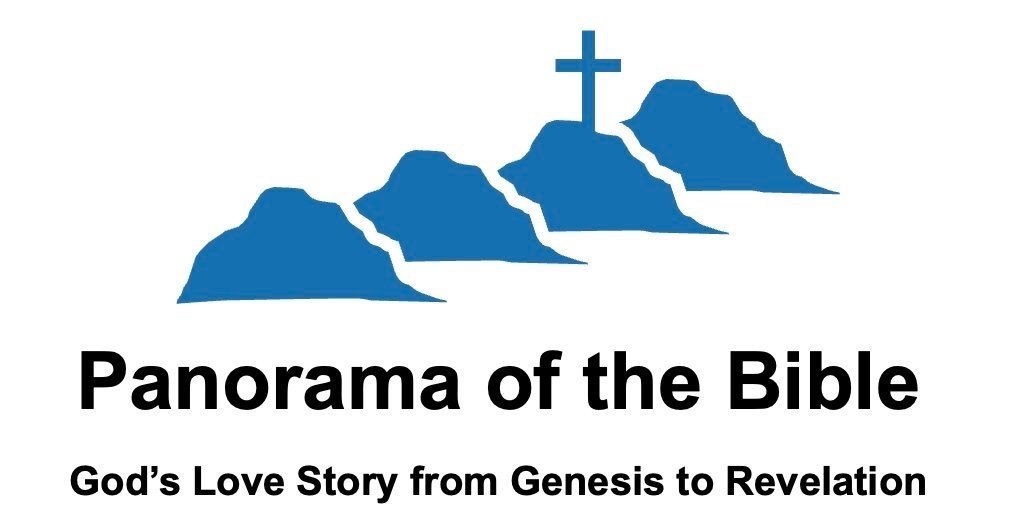About
FAQ - Frequently Asked Questions
1. What is the meaning of “Bible metanarrative”?
A metanarrative is the grand story, a narrative of narratives, the big picture of something complex. In this case, we are talking about getting a handle on the big picture of the Bible. – its message and God’s grand plan for the ages.
2. Why is the Bible metanarrative important?
Most believers in Christ have only a fragmented understanding of God’s word, the Bible, even at good Bible-teaching churches. Said differently, most believers do not understand how the pieces of the Bible fit together and how God’s message develops through time. This lack of understanding hinders their ability to assimilate biblical teaching and evaluate erroneous teaching. Teaching the Grand Story of the Bible (the metanarrative) will help connect the dots to provide an integrated understanding of the Bible, the most significant Book in the world.
There are other cultural problems today that would benefit from understanding the Bible metanarrative:
Cultural opposition is growing significantly and believers need to be equipped
People, especially college-age people, are being pulled away from the faith by our culture because of their lack of a solid foundation in the Bible
You can only go so far in discipleship without the big picture of God, His heart for the world, and His constant pursuit of mankind
Our culture would greatly benefit from a biblical worldview
3. Is there more than one version of the Bible metanarrative?
Yes. The Bible is a big book. And we serve an even bigger God. Seeking to explain the Bible and God in brief is a challenging undertaking. This author’s preference is to organize the presentation around God’s major interventions in history, namely His covenants with Abraham, Moses, and David, along with the New Covenant. Others have effectively presented the metanarrative as a 6-act play, subdividing the Bible into chunks that flow from one to the next. God’s grand story has also been presented with a focus on the serpent and the woman at the fall in Genesis 3:15, and following each of their lines through biblical history. There are other good ways as well. The key point is that a good metanarrative should take God’s word literally and strive to represent it faithfully.
Further, people use various titles such as the “Story of Scripture” and “Panorama of the Bible” for their presentations of the Bible metanarrative.
By the way, the Bible itself contains multiple versions of a metanarrative. One well-known presentation is Stephen’s defense Acts 7:1-53. Another is Paul’s sermon in Acts 13:13-41.
4. Since there are multiple versions of the Bible metanarrative, why should I go with this one?
This is not intended to be a competition. It is critically important to the Body of Christ that we get this information out to as many churches as possible for the reasons stated above in question 2. The intent of this web site is not to push this author’s materials alone. The objective is to raise the visibility of Bible metanarrative teaching, to make multiple authors and approaches available, to encourage community interaction and sharing for the glory of God and our mutual benefit. I want to use the initial website to recruit other authors and materials. At least at the beginning, this author’s materials will be dominant because I have the most control over them.
The ultimate purpose of this website is to provide a variety of starter resources for pastors and Bible teachers who would like to teach the Bible metanarrative, but do not have the large amount of time needed to create such teaching from scratch. So stay tuned! We will see how God chooses to use this.

